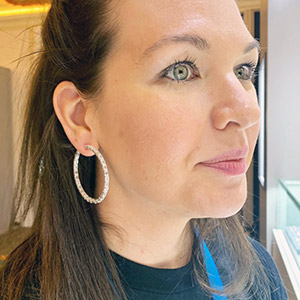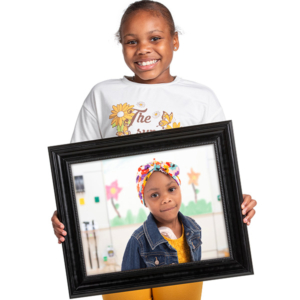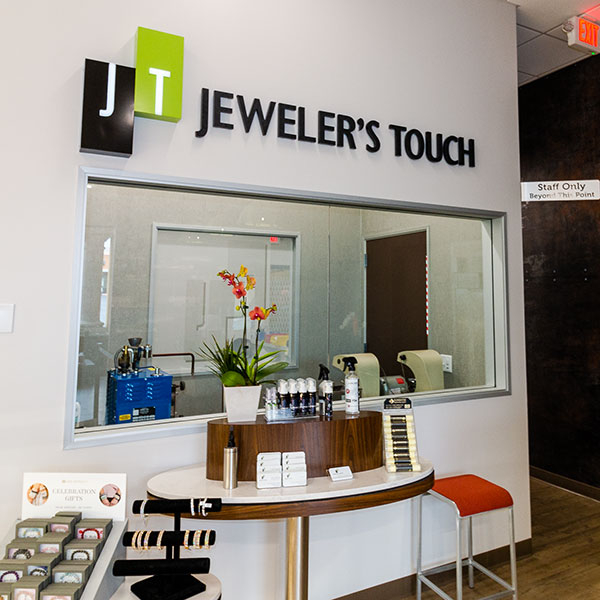
Prepare yourself for the next buzzword in retail: phygital, or combining physical and digital elements within a retail setting. According to trend forecasters, it’s more than just a buzzword—it is the way people of all generations want to shop.
In other words, it’s taking the best of your website or digital presence and blending it into your brick-and-mortar location. Sounds easy, right?
My ears picked up on this term at the VicenzaOro September jewelry show during its trend forecast. Rebecca Foerster of Hearts on Fire brought it up during her presentation, explaining that the new phygital shopper who wants a blend of physical store and digital experience sees luxury goods like jewelry as offering status as well as a way to be unique.
Granted, the term started floating around about a year ago as a way to explain a couple of trends within omnichannel retail—you had examples of larger retailers adding digital technology into their stores, such as customization areas, or direct-to-consumer online brands opening their first retail stores.
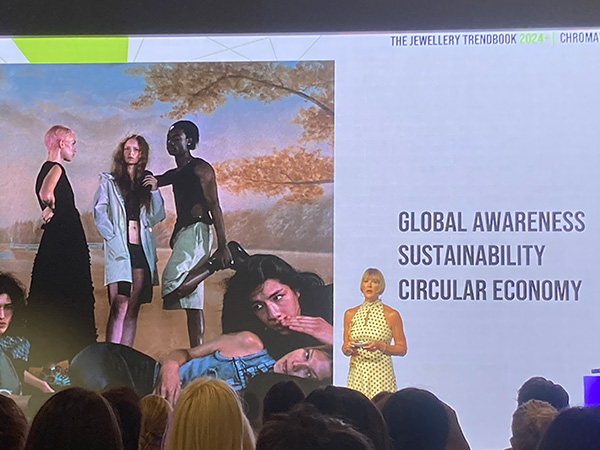
According to experts, phygital retail has three core concepts: First, you want to give your customers an immersive experience. Next, you want your consumers to get their orders filled in any way they want, whether that is picking it up curbside, snagging the wrapped and already purchased gift at the counter, or having it shipped to them. Finally, you want to create interactive areas within your store that let people touch and engage with your products.
An example is the Banter by Piercing Pagoda x DRESSX partnership, which the two companies announced Sept. 14. The two brands created six jewelry styles together—three in the digital world and three available in Banter stores. It gives consumers the fantasy of metajewelry while also bringing them into stores to buy the physical pieces.
Plus, the term phygital is found throughout Trendvision’s latest forecast, bound in an inch-thick Jewellery Trendbook form. That led to an online and conversational investigation: What are some ways that jewelry stores could adapt to this trend with simple changes or through planned renovations?
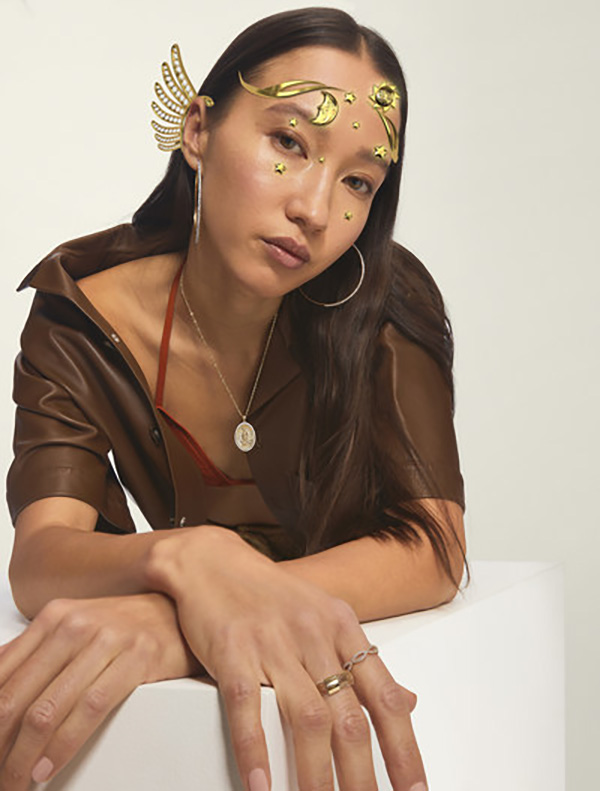
That’s where Ruth Mellergaard of GRID/3 International Inc. came in. Mellergaard has designed jewelry stores for years, and she has worked with some of the most successful redesigns that go on to win awards, including Jeweler’s Touch in Brea, Calif.
Mellergaard says she sees retail stores adapting quickly to consumer needs, including places like Jeweler’s Touch. For example, estate and vintage jewelry has gained so much traction in the past few years that Jeweler’s Touch owner Ken E. Rutz asked for another jewelry case to hold these pieces, adding it in even though the store had just moved and received a revamp in 2021.
To add the phygital aspect to a store, Mellergaard says jewelers could start with something as simple as making their bench jewelers or repairs more visible to the consumer. If you’re watching your budget, add a video screen to the main area that shows how a piece of customer jewelry is made. If you have the option, take down walls or add a front display space where a bench jeweler could work and the consumer could see the process.
“If you have a big office where you can knock down one of the walls, add a workstation and storage for repairs that people can see when they first come in. Tell me [as a consumer] that it’s part of your business. Make it more prominent,” Mellergaard says. “Consumers want to see what they’re doing. We’re all nosy. We’re all curious.”
Another idea is to put the design process out on the floor, Mellergaard says. Move your computers into an accessible area so customers can sit down and watch things being made. You also can do events like pop-up stores with access to your website where you move some goods out into the community in a fresh, fun way but also let people look online to see what else you have in stock.
Mellergaard makes the phygital customer experience sound a bit like a choose-your-own retail adventure book, giving the consumer more choice in the buying process. The word itself may be a bit odd, but the concept feels as though it does have staying power.
“Depending on how a customer wants to shop, they can come in or order online. If you make it easier with emails or texting as well as having them come in for a fitting or watch it be made in 3D, they’ll be more likely to try it on and buy it,” Mellergaard says. “Plus, it’s easier to see the quality when you come into the store. It’s different than looking online. I would never buy a stone online, but that’s just me.”
Top: Jeweler’s Touch in Brea, Calif., opened up its working areas in its 2021 store revamp so consumers can see people at work. While the concept may not be new, it is considered a means of blending the physical store with the digital or online world in a fresh way, experts say (photo courtesy of Jeweler’s Touch).
Follow me on Instagram and Twitter
Follow JCK on Instagram: @jckmagazine
Follow JCK on Twitter: @jckmagazine
Follow JCK on Facebook: @jckmagazine




